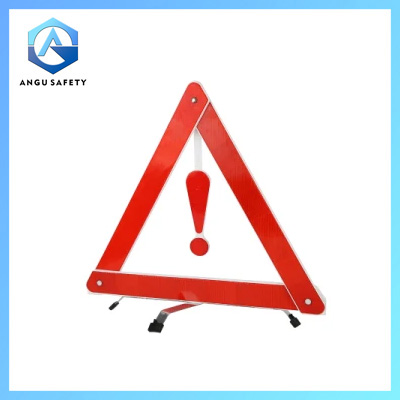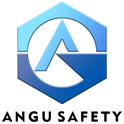Correct Use of Emergency Triangle Reflector
2024-06-24
The correct use of emergency triangle reflectors involves many aspects, including their placement, distance, and precautions when using them.
1. Placement and distance
Conventional roads: When a vehicle breaks down or has an accident, the emergency triangle reflector should be placed directly behind the vehicle, about 50 to 100 meters away from the vehicle, so that the vehicles behind have enough time to react and slow down.
Expressways: On expressways, due to the high speed of the vehicle, the emergency triangle reflector needs to be placed at least 150 meters behind the vehicle to ensure that the vehicles behind have enough safety distance.
In bad weather or at night: In rainy and foggy weather or when visibility is poor at night, the placement distance of the emergency triangle reflector should be increased. It is recommended to set it 150 to 250 meters behind the vehicle to improve the warning effect.
2. Precautions for use
Correct position: The emergency triangle reflector must be placed directly behind the vehicle, not on the side and rear, to ensure its visibility and warning effect.
Appropriate distance: When setting up the emergency triangle reflector, it is necessary to reasonably determine its placement distance according to different road types and weather conditions.
Lighting use: In case of emergency parking, in addition to placing the emergency triangle reflector, the vehicle's double flash lights should be turned on, and the clearance lights and rear tail lights should be turned on at night to further alert other vehicles.
Personnel safety: After a traffic accident on the highway, the vehicle should be moved to the emergency lane and the emergency triangle reflector should be placed correctly. At this time, all personnel on the vehicle should quickly evacuate outside the guardrail to wait for rescue and ensure their own safety.
3. Use in special circumstances
Curved driving: If an accident occurs while driving on a curved road, the emergency triangle reflector should be set before the curve, so that the vehicle entering the curve can see and avoid the faulty vehicle in advance.
Highway vehicle cannot move: On the highway, if the vehicle cannot move due to a fault, in addition to placing the emergency triangle reflector at least 150 meters behind the vehicle, you can also consider placing another warning sign at a farther distance to increase the warning range and safety.


